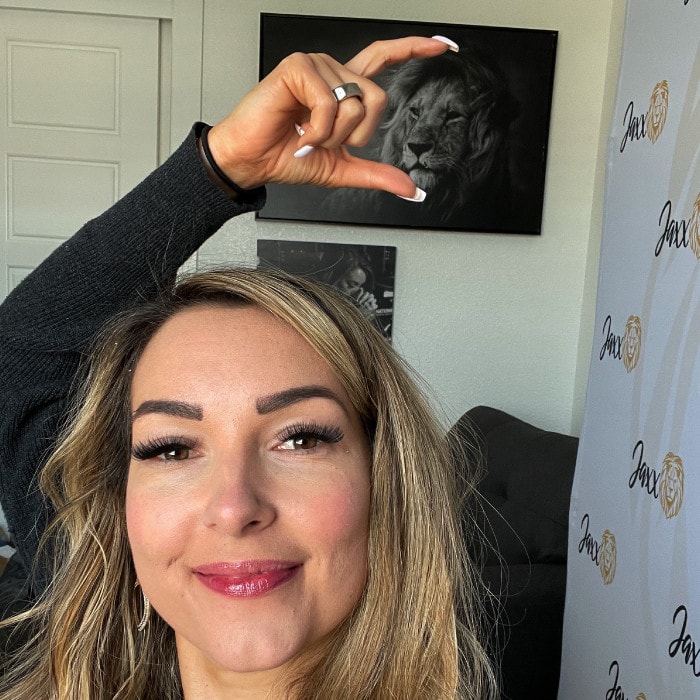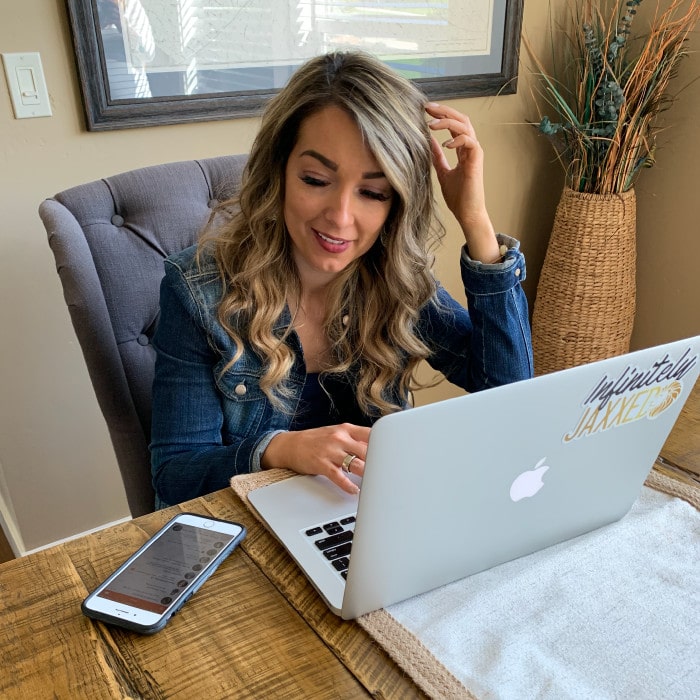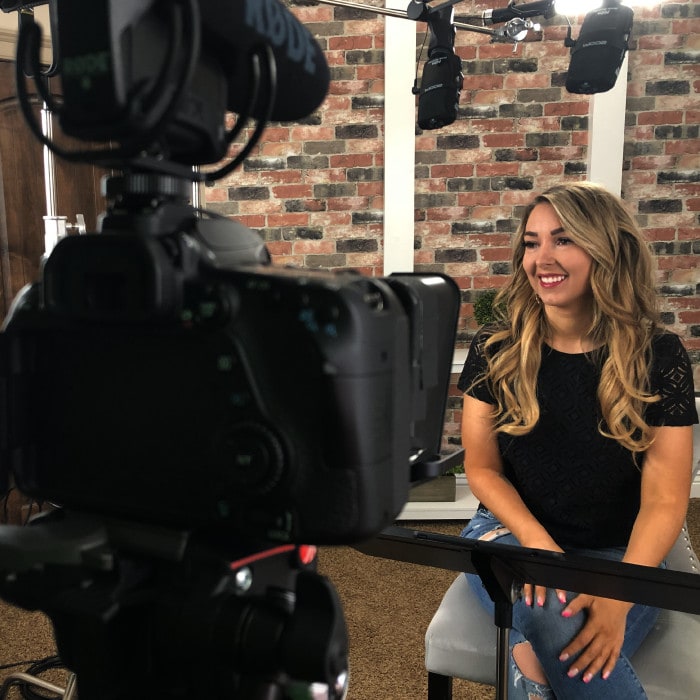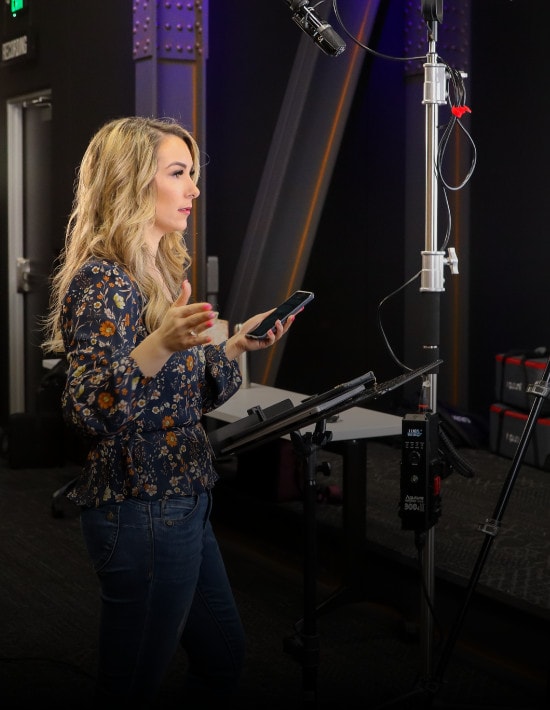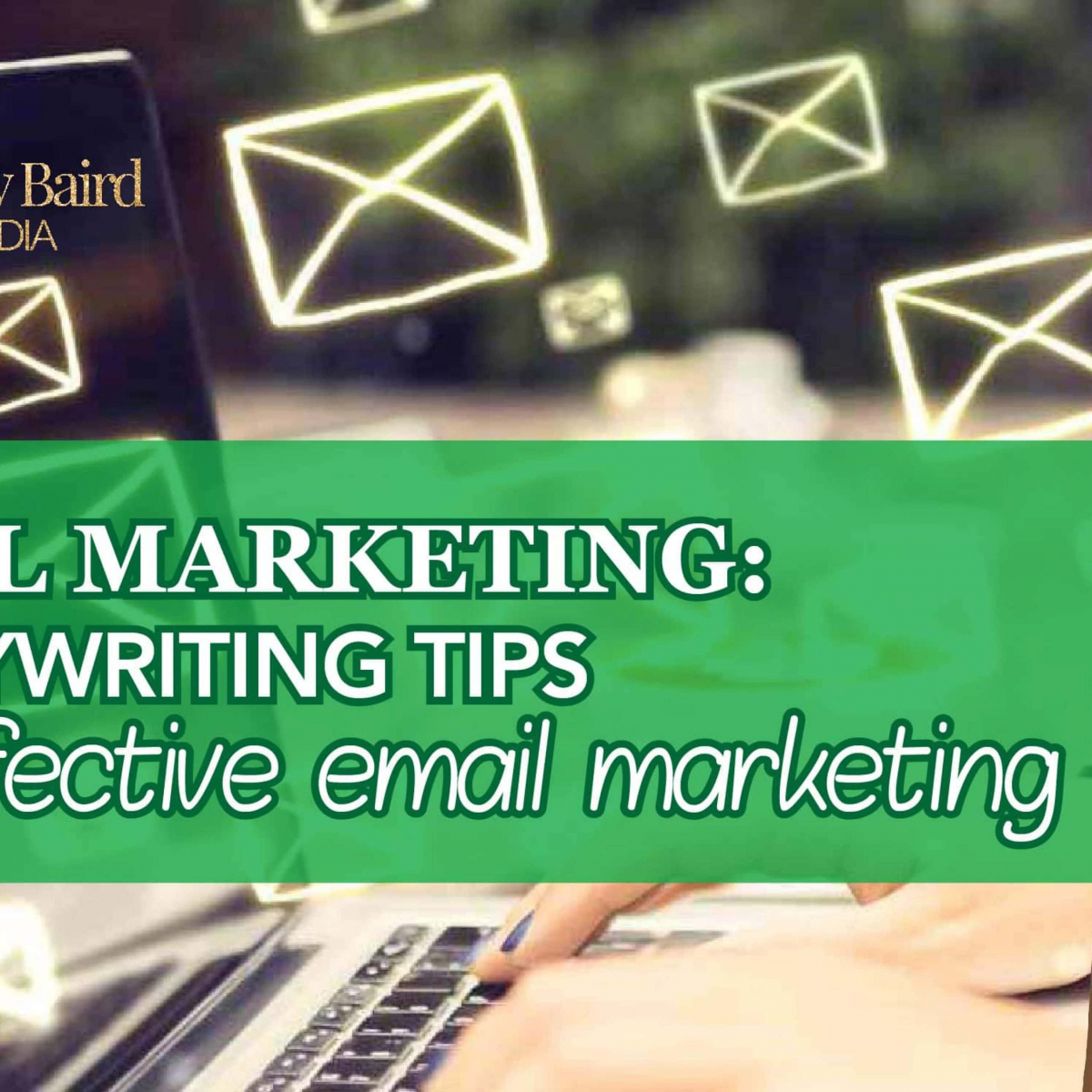Email Marketing: Copywriting Tips For Effective Email Marketing
FREE DOWNLOAD: Email Marketing Planner
Despite the rise of social media, email marketing remains one of the pillars of an effective marketing strategy online. No matter where you look at it, a well-crafted email can go a long way in building and keeping your audience on the ropes.
Here is a step-by-step strategy to write compelling emails that will make people reply.
Nail the subject line. The first step in getting a reply is for people to actually click on your email in the first place. And no one opens a great email without having an interesting subject line first. Think of your subject line as the obstacle that email readers need to hurdle before they view your email. Your goal is to make it so easy and appealing for them to click. You can do this by having a strong, actionable language on your subject. Try incorporating verbs so that users will understand what the email is all about. Establish what information the user will get from the email, and keep that value top of mind.
Clarity of objective plays a big part in whether an email is read or not. Make sure that there is a clear proposition for the user to email first and then look at the creative angles so that the user will respond. So instead of putting the subject line “I have something to tell you,” make it more juicy, like, “The big secret revealed.” Or play on humor. For example, I sent out an email about my YouTube video on Instagram stories. My subject line was “Oh snap, Instagram stories are killing it.” I played on the fact that Instagram stories are outplaying Snapchat in their own game. See what I did there?
Next, make sure that what you write in your subject is directly represented in your email. Don’t be too click baity and put a subject line that’s enticing but then doesn’t actually give the reader what they want in your email. By doing that, you’re misleading them, and they might not want to open your emails in the future. Trust is an important part of any email marketing relationship. Your subject line gives a guarantee on what your email contains, but your body delivers. This brings us to the next important step.
Build your body. After getting the attention of your reader, the next step is to deliver the message. As much as possible, keep your email personalized and thorough. Start by reinforcing the purpose of the email by aligning your subject line with the first paragraph or sentences of the email. Avoid using I, we. Talk about the reader by using you, yours, et cetera. Then communicate value. The best emails with high click-through rates are those that communicate what the reader will get after reading the email. Deliver this message as brief as possible. Make it clear, concise and straight to the point. But don’t be robotic and flat. Be human. Readers want to talk to authentic and real human beings. Make your tone personable and humanize your language. Build the content of your email by creating a great story and then having a clear end in mind.
End with action. Great emails end with a strong call to action. Make sure that your actions are easily identifiable. A great call to action is effective if this is highlighted and has great placement on the email. Remember this: Most readers don’t read the entirety of the emails you send. They scan the email to look for the end action in mind. Establish your intent and what you expect your readers to do next. And remind them how they’ll benefit when they take action. Writing an email is like writing a good story. Make sure that it has a strong beginning, middle, and end.
And that’s why I’ve created an email marketing planner for you that you can download for free. On tab one, I include all the steps you need to consider for your email. There are so many elements to your emails, and I can’t tell you how many times I’ve received an email and then a follow-up email saying, “oops here’s the link we forgot to include or, oops we sent this to the wrong list. Please disregard.” This will help you make sure that you don’t miss a beat or a hyperlink. The next tab is your performance tracker. Analyzing your results is something that’s so overlooked. How can you learn to improve if you’re not looking at your numbers? Include your email performance data so that you can understand what went well and what needs tweaking for future emails.



